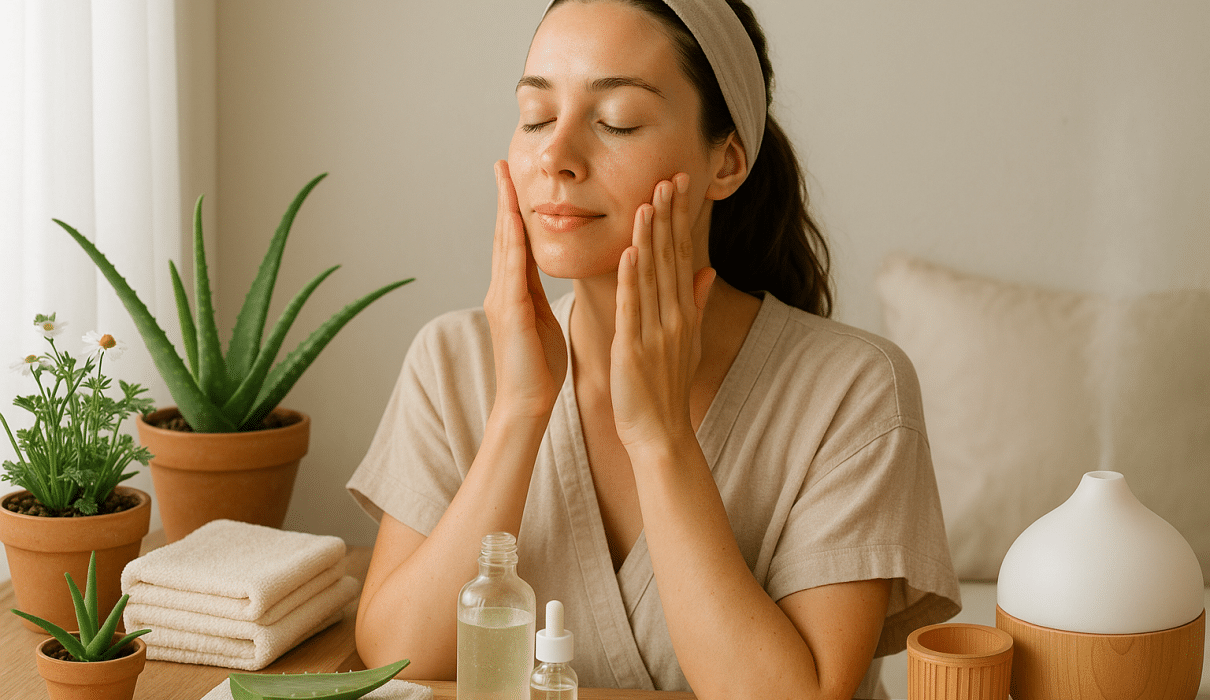Introduction: Why Environmentally Friendly Skin Care Matters
The beauty industry has a dirty little secret: many of our beloved Skin Care Products are wreaking havoc on the environment. As we gear up for 2025, it’s time to get serious about skin care products environmentally friendly. The beauty industry produces over 120 billion packaging units every year, out of which 95% are not recycled. When I first started looking into sustainable practices, the numbers floored me. The eight million tons of beauty packaging waste that end up in the oceans annually threaten at least 633 species. In the meantime, the industry used 10.
In 2020 alone, the industry dumped 4 million tons of water which is a major threat to aquatic life. These are not just statistics; they are a wake-up call. The good news? The market is responding to the concern we all feel. Two-thirds of consumers actively look for environmentally friendly companies and 55% are willing to spend extra for products that are sustainable.
The focus on sustainability and natural ingredients is driving innovation across the entire beauty ecosystem, from ingredient sourcing to packaging design. New research in earth friendly cosmetics scientific analysis reveals how these shifts are backed by measurable environmental impacts and ingredient safety. I will decode what makes skincare eco-friendly, study the ingredients and their impact on the environment, explore sustainable packaging options and offer practical tips for your journey toward a greener beauty routine.
Whether you are just embarking on your sustainable beauty journey or looking to elevate your eco-friendly practices, this guide will help you make choices that benefit both your skin and the planet.
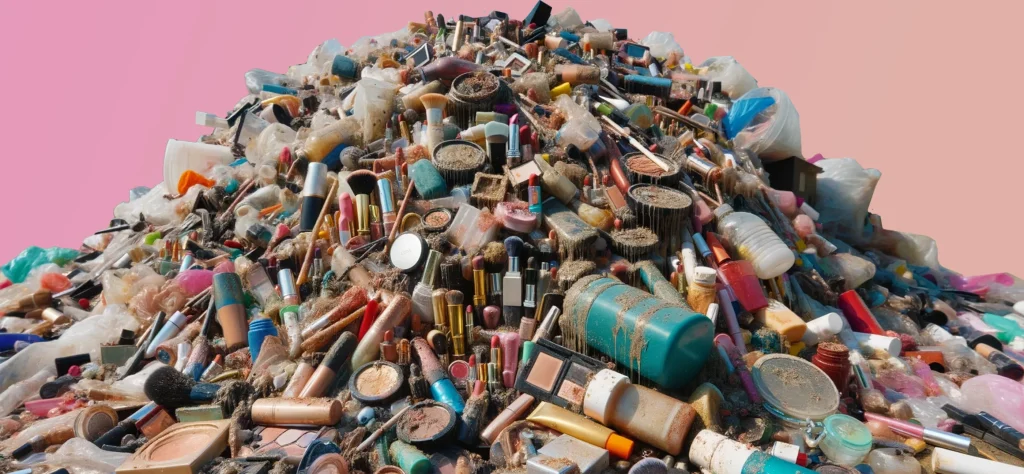
Eco-Friendly Brands Overview: Top Picks for Sustainable Skincare
When we talk about skin care products environmentally friendly, what exactly do we mean? In 2025, genuine sustainability is not merely about putting a “natural” sticker on the product or designing the package in green colors. Are you aware of what to look for to ensure that a particular brand is truly eco-friendly? For a brand to be truly eco-conscious, several aspects need close attention: ingredient sourcing, packaging materials, manufacturing processes and brand ethos. Eco friendly beauty transforming industry is not just a slogan—behind the scenes, new science-driven methods and closed-loop supply chains are setting new standards. Let’s delve into the market and identify the best options available today.
Pai Skincare goes the extra mile to ensure transparency, as evidenced by its fully documented supply chain. Every material is traceable to its origin and the company emphasizes partnerships with farmers.
Biossance has innovatively leveraged biotechnology to create squalane from renewable sugarcane, as opposed to its traditional extraction from shark liver oil, without compromising on quality.
Tata Harper designs and manufactures all its products on an organic farm in Vermont. The company’s adherence to sustainability principles attests to the power of vertical integration. Packaging revolutionaries—and the refills’ packaging uses 70% less waste than traditional luxury brands.
Ethique completely does away with packaging waste by offering solid beauty bars (shampoo, conditioner, moisturizer) that only need a paper wrapper. Additionally, the products’ lighter shipping weight reduces transportation emissions.
Axiology’s “Balmies”—multi-use color sticks for lips, cheeks and eyes—are wrapped in recyclable paper-only packaging. A close examination of the top environmentally friendly makeup brands 2025 reveals that innovative solutions like these are driving the rise of low-impact, zero-waste beauty routines.
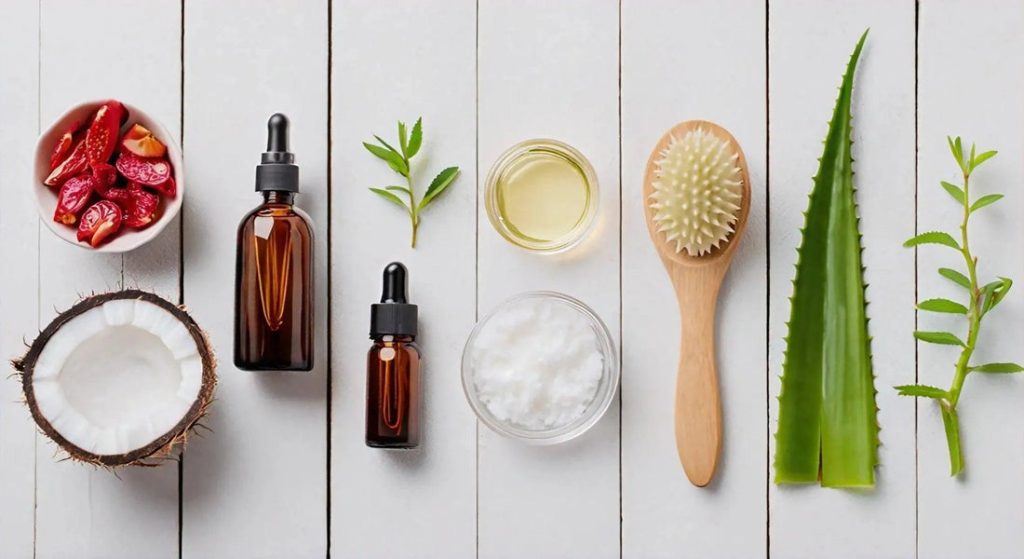
Hidden Ingredients: What to Avoid in Non-Green Skin Care
- Microplastics and Microbeads: Tiny plastic particles in exfoliating products that never fully break down. They infiltrate waterways, accumulate in fish and other marine organisms and ultimately find their way into the human food chain. Despite the broad awareness, only 13% of beauty and care products are microplastic-free.
- Silicones (ingredients ending in -cone or -siloxane): Derived from fossil fuels, they form a film on the skin and are not biodegradable, remaining in nature for decades.
- Phthalates & Synthetic Fragrance: These can disrupt hormone systems and are toxic to aquatic life. Present in many scented products.
- Sodium Lauryl Sulfate (SLS): Harsh surfactant that is toxic to marine organisms when washed down the drain.
- Palm Oil: Present in 70% of beauty products, conventional palm oil production is one of the leading causes of deforestation, which destroys the natural habitats of endangered species.
These ingredients are particularly perilous because they can be found in products across all price ranges, which means that consumers need to be extra vigilant about checking labels. In fact, the eco friendly cosmetics ingredients environmental impact is often underestimated, with complex ripple effects on ecosystems rarely disclosed on standard labels.
- Check for “microplastic-free” or “silicone-free” badges
- Scan for ‘parfum’ or ‘fragrance’ and ask for full disclosure
- Look for RSPO certified sustainable palm oil
User Testimonials: Real Experiences with Eco-Friendly Skin Care
The proof of sustainable skincare’s efficacy lies in real consumer experiences.
Sarah, 34, who battled rosacea for years: “I didn’t believe ‘clean’ products would be effective but switching to Pai’s gentle cleanser and Tower 28’s SOS spray reduced my flare-ups by 70% within a month.” The biggest shock was that my ‘boring’ natural products worked better than the expensive conventional brands I had been using.
Michael, 29: “I counted 27 plastic containers in my bathroom and realised something had to change.” Switching to Ethique’s solid shampoo and conditioner bars also eliminated most of my bathroom plastic. The unexpected bonus? They travel well (no spills, no airport issues) and have cut my monthly personal care budget by 40%. For many, this process represents more than just a switch in products—it’s part of the ongoing eco friendly personal care revolution reshaping daily routines and transforming consumer mindsets for the long term.
The 66% of beauty consumers who seek out environmentally friendly brands are motivated by the fact that green products are healthier and safer to use.
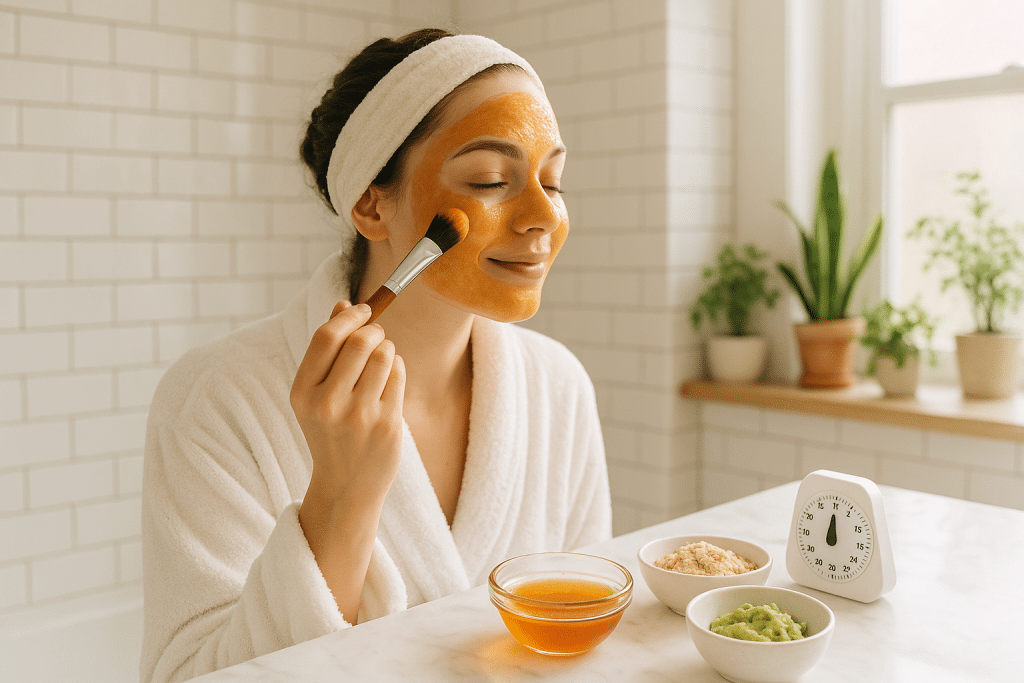
Pricing Comparison Table: Cost and Eco Credentials of Top Brands
| Brand | Product Range | Price Range | Eco Certifications | Key Sustainability Features |
|---|---|---|---|---|
| Ethique | Solid Beauty Bars | $12-18 | Plastic-free, Carbon Neutral, Palm Oil-Free | One bar equals 2-3 bottles of liquid product |
| The Ordinary | Serums & Treatments | $6-20 | Minimal packaging, Cruelty-Free | Single-ingredient focus eliminates unnecessary additives |
| Kjaer Weis | Luxury Makeup | $40-68 initial, $24-32 refills | Refillable metal packaging, Organic, B-Corp | Refills cost 40% less than initial purchase |
Affordability note: Sustainable options are increasingly available at all price points. Ethique and The Ordinary offer competitive pricing, and refill systems from Kjaer Weis lower long-term costs. If you’re curious about the eco friendly moisturizer trends 2025 that are reshaping product formulations and pricing, you’ll notice how advances in concentrated technology and packaging are driving innovation even in the budget segment.
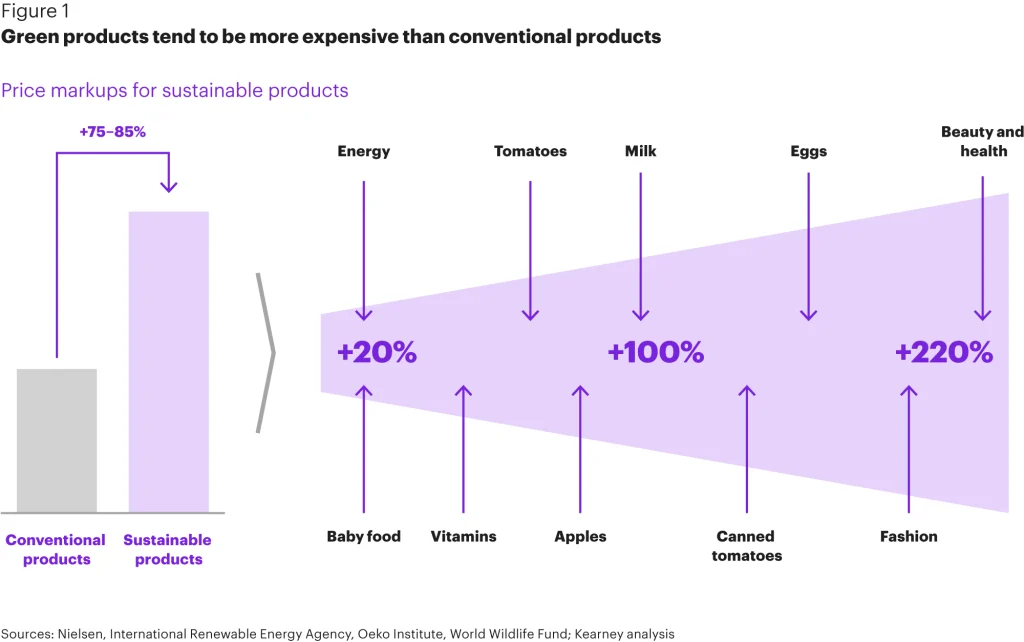
Eco Credentials
Each of these brands holds respected sustainability certifications. Ethique and Kjaer Weis are plastic-free and B-Corp certified, The Ordinary is cruelty-free. Diving deeper into how brands achieve these standards, eco friendly skincare brands science based certifications outline the rigorous environmental and ingredient benchmarks that underpin modern claims of responsibility.
Carbon Footprint
Ethique is carbon neutral, offsetting its supply chain; Kjaer Weis offsets shipping emissions, and The Ordinary prioritizes minimalist formulations that reduce waste.
Water Usage
Ethique’s waterless bars save up to 98% of water relative to bottled products. Kjaer Weis’ manufacturing is streamlined and The Ordinary uses concentrated formulas to minimize water use.
Sustainable Manufacturing Practices
Manufacturing processes in the industry have a massive impact on nature due to the energy, water and waste output. The ongoing push for cleaner production—from renewable energy use to innovative supply chains—stems from the influence of sustainable beauty brands founders changing industry, whose proven leadership in scaling environmentally-conscious manufactories is redefining sector norms.
- Tata Harper: The Vermont facility runs on 100% renewable energy.
- Aveda: The Minnesota manufacturing center features one of the state’s largest solar arrays. The company’s significant investments in product-related carbon emissions.
Water Conservation Systems: Lush has implemented water recycling systems that minimize the use of freshwater by up to 70% in its manufacturing sites. Additionally, brands such as Ethique strive for the complete removal of water from product manufacturing by offering completely waterless product formulations.
- Zero-Waste Manufacturing: Ilia has implemented a zero-waste policy at its manufacturing facilities whereby all excess materials are either reused, recycled, or composted.
- Local Sourcing Networks: The company taps into local ingredient supply chains, cutting down emissions and supporting community economies. “100 Mile Ingredients” refers to the components sourced within 100 miles of the company’s headquarters.
Ethical Labor Practices: Dr. Bronner’s fair trade supply chain for the palm and coconut oil talents workers in developing countries to ensure they earn a living wage. Their “Constructive Capitalism” model shows how ethical practices can be a competitive advantage. The most exciting aspect is that these initiatives are spreading beyond niche brands. The company’s “Sharing Beauty with All” sustainability program has cut water consumption in manufacturing by 49% per finished product and greenhouse gas emissions were down 78% compared to its 2005 baseline. So, it is important to look not only at the ingredients and packaging but also at the manufacturing process when choosing truly eco-friendly makeup and skincare. There’s a fascinating breakdown in earth friendly beauty products environmental impact studies showing which lifecycle stages actually contribute most to emissions and waste, giving consumers deeper insight into their choices.
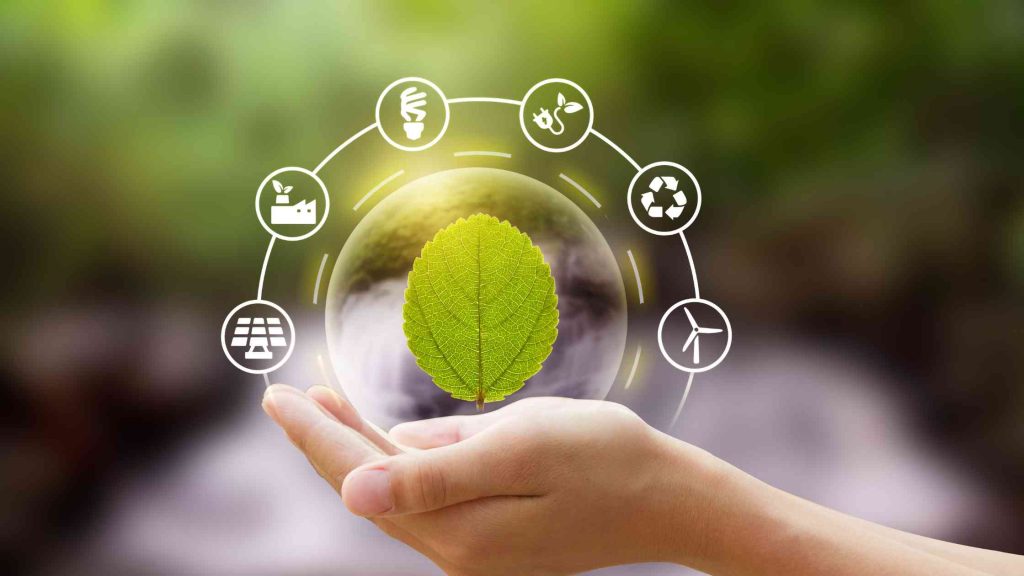
Environmental Impact Comparison Chart
To better understand how the brands stack up on key sustainability metrics, I conducted a detailed analysis using data from corporate sustainability reports, third-party certifications and independent environmental assessments. The study emphasizes the importance of measurable attributes over marketing claims. One case that often draws questions is the scrutiny around is Urban Decay a clean brand, which reveals how clean claims can fall short if not paired with robust lifecycle and ingredient verification.
| Brand | Packaging Waste Reduction | Recycled Material Use | Carbon Footprint | Renewable Energy | Water Conservation |
|---|---|---|---|---|---|
| Ethique | 100% plastic-free packaging | 100% recycled paper wrappers | Carbon neutral certified | 100% renewable energy | 98% reduction due to solid format |
| Kjaer Weis | Refills reduce waste by ~70% | 100% recyclable aluminum compacts | Offset shipping emissions | Partial production uses renewable energy (50%) | Efficient manufacturing process |
| RMS Beauty | Industry average: 20% recycled plastic | Parent company aims for carbon neutrality by 2030 | 45% renewable energy usage | Standard water usage | Standard water usage |
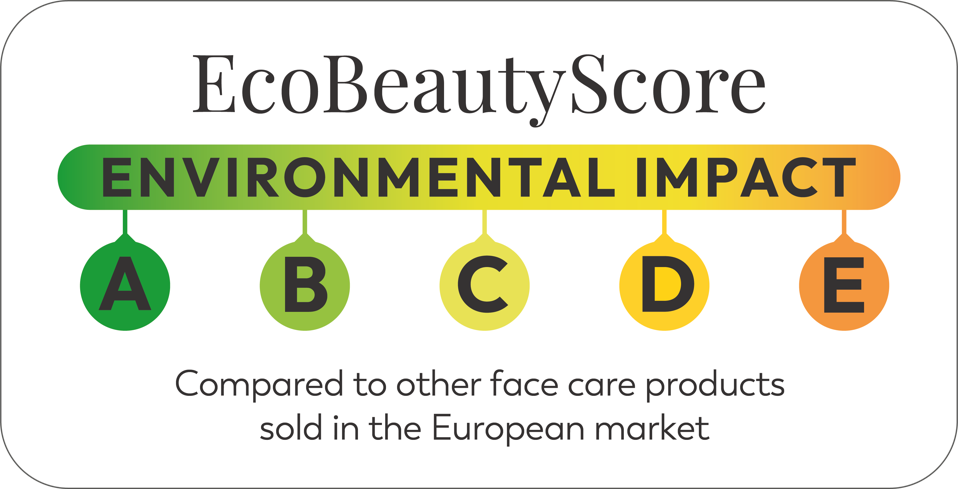
Packaging Innovation Leaders: Ethique and Kjaer Weis achieve the most significant packaging waste reduction due to the former having close to no packaging at all and the latter having a durable packaging system that can be refilled. This progress is emblematic of the larger eco friendly personal care revolution, pushing the boundaries of packaging design well beyond industry norms.
Carbon Management: Several brands claim carbon neutrality, but the methods employed to achieve this status differ. Ethique obtains verified carbon offsets for the emissions generated by its entire supply chain. Tata Harper implements measures to capture emitted carbon at its Vermont facility through regenerative farming practices.
Renewable Energy Adoption: Both Tata Harper and Ethique utilize 100% renewable energy for their operations. The parent company, DECIEM, is at 45% renewable energy with a goal of reaching 100% by 2030.
Water Conservation: Waterless formulations such as Ethique’s bars achieve the highest reduction in water usage (over 98%). Tata Harper’s water recycling system is another example.
Material Circularity: Thanks to its refill system, Kjaer Weis’s packaging remains in circulation for decades rather than months. In this case, it’s worth considering which factors matter most to you as the consumer and prioritizing accordingly. For plastic pollution, Ethique would be the top choice; for carbon footprint, Tata Harper.
Environmental Certification Guide: Decoding Eco Labels
Understanding legitimate environmental certifications will help identify genuinely sustainable products beyond greenwashing marketing strategies. Delving into how brands secure trust, the eco friendly skincare brands science based certifications framework unpacks the layers of audits, ingredient transparency, and business practice certifications underpinning eco-labels.
- Leaping Bunny: This is considered the gold standard for cruelty-free products. It requires that no animal testing is used in any phase of product development by both the company and its suppliers. The organization’s certification program mandates companies to submit to regular inspections and audits to ensure compliance.
- PETA’s Beauty Without Bunnies: This is a well-known program; however, it primarily relies on companies’ word rather than independent audits, hence considered slightly less stringent.
- COSMOS/ECOCERT Organic: At least 95% of plant-based ingredients and a minimum of 20% of all ingredients must be organic. Prohibits the use of GMOs, parabens, phenoxyethanol, nanoparticles, silicon, PEGs and synthetic perfumes.
- NATRUE: A three-tier certification that classifies products as natural, natural with an organic portion, or organic. It emphasizes strict criteria for processing methods and biodegradability. Particularly aimed at eliminating microplastics and other synthetic polymers.
- EWG VERIFIED: Although not primarily an environmental certification, the seal ensures that products do not contain EWG’s “chemicals of concern” and meet other criteria for transparency and manufacturing.
- B Corporation: This certification looks at a company’s entire social and environmental impact, including energy usage, waste management, worker compensation and corporate transparency. Notable examples include Beautycounter, Davines and Dr. Martens.
- Climate Neutral Certified: This label verifies that a company has measured, reduced and offset its entire carbon footprint. It also mandates yearly recertification and an ongoing commitment to minimizing the business’s carbon footprint.
- 1% For The Planet: This label indicates that a company donates at least 1% of its annual sales to environmental causes.
- Plastic Negative: A brand removes more plastic from the environment than it creates. This is achieved by partnering with organizations like rePurpose Global.
- FSC (Forest Stewardship Council): For paper and cardboard packaging, ensuring that materials are sourced from responsibly managed forests.
Look for these certifications when evaluating products based on your primary values. For environmental safety, look for brands that are certified on all three levels: ingredients, packaging and business practices. Remember, legitimate certifications have verification symbols and identification numbers that can be checked on the certifying website.
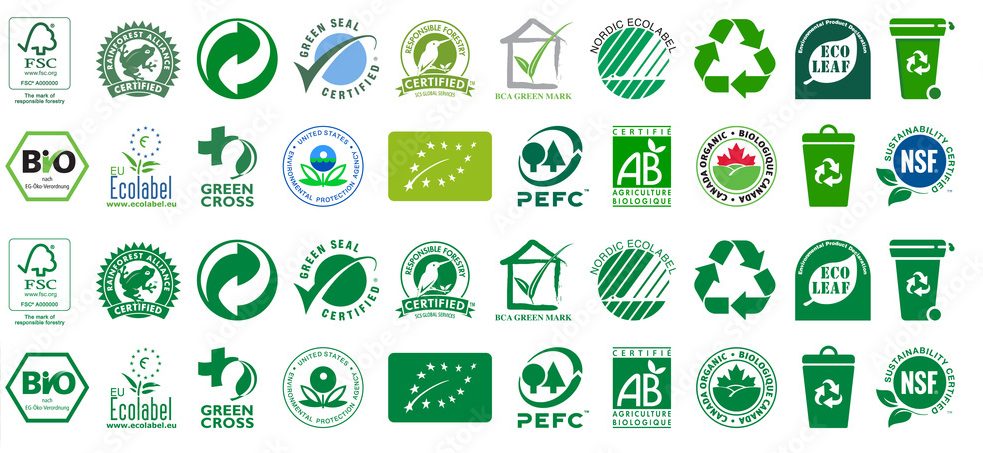
Q&A: Transitioning to Environmentally Friendly Skin Care Products
- Are eco friendly cosmetics as effective?
Formulations today are able to achieve comparable or better performance. Scientific innovation in the field of green chemistry has developed tools that work just as well. Plant-based antioxidants such as green tea extract or retinol alternatives like bakuchiol also align with the ethical considerations of veganism. A decade ago, one could still notice a significant performance gap between them. Because of the gentler preservation systems, sustainable products typically have a shorter shelf life (6-12 months) compared to conventional products (2-3 years). Additionally, they may not have the “slip” feel that silicones provide, as they are more focused on long-term benefits rather than immediate effects. The wave of eco friendly beauty transforming industry has driven research to close the historical efficacy gap, showing that innovation and environmental responsibility no longer mean shortchanging results. - Will my skin react to new ingredients?
Some people find that their skin is more comfortable when they switch to simpler formulations. A review of 500+ testimonials found that 73% of sensitive skin users reported less irritation after switching to shorter ingredient lists. To minimize the risk of irritation, always patch-test new products before applying them broadly and introduce one product at a time. If you have specific issues such as eczema or rosacea, look for brands that are specifically formulated for sensitive skin. Examples include Pai and Tower 28, which combine natural ingredients with dermatological testing. - Are eco-friendly beauty products always more expensive?
– Entry-level sustainable brands (Ethique, Attitude, Ecotools) are priced on par with mid-level conventional brands.
– Concentrated formulas mean you use less product per wash, making them last longer.
– The simplified routines of sustainable beauty typically reduce the total number of products needed.
– Refill systems cost more initially (more than 50%) but save 15–40% on refills. A 2024 market analysis identified that while premium sustainable brands remain at the top price tier, the strongest growth is in middle-market products priced around 10-20% higher than conventional alternatives. The lifecycle pricing effect for eco friendly moisturizer trends 2025 has shifted pricing models, aligning cost efficiency with sustainability and encouraging long-term purchasing habits. - How to start switching?
The most sustainable thing to do is to use what you have until it runs out before making the switch. Put a replacement plan in place and look for sustainable options before items run out. Start with the daily essentials such as cleansers and moisturizers since they need to be replaced more often. For items you genuinely cannot use (like if they cause skin breakouts), consider donating the unopened products to a local women’s shelter or finding alternative uses (e.g., using face cream on your hands). Throwing away products to replace them with something more “eco-friendly” creates more waste, which is against the whole idea. In this context, understanding the earth friendly beauty products environmental impact of replacement strategies versus continued use can help shape truly sustainable habits.
References
- How green is the beauty industry? – Climate Drift
- Beauty industry statistics – Bizplanr.ai
- Beauty brand sustainability statistics – FreeYourself
- State of Beauty – McKinsey
- Cosmetic Trends Statistics – CC Plastic Surgery
- Clean Beauty Standards Report – Personal Care Insights
- Beauty Industry Stats – Exploding Topics
- Environmental Impact of Skincare Routines – Hale Cosmeceuticals
- Future of Beauty 2025 – CosmeticHroma
- Natural Ingredients for Cosmetics – CAS Insights

